Challenges!
Challenges!
We do like a challenge and often take on jobs which, at first, would appear to be too far gone. Here are a few of them.
ML Type CMA Magneto
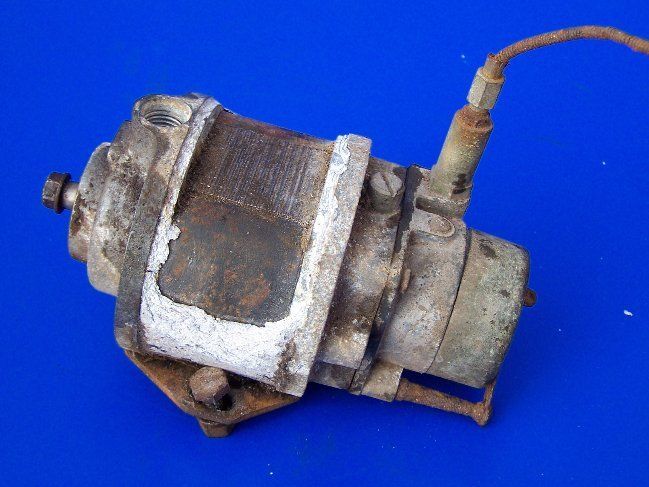
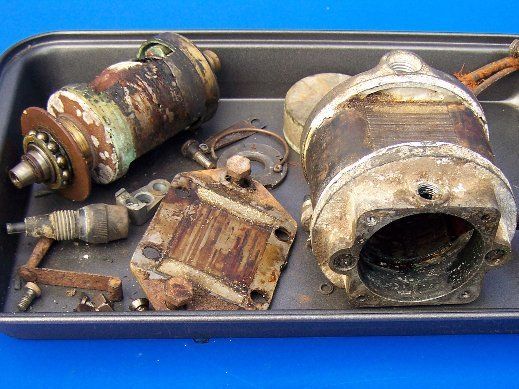
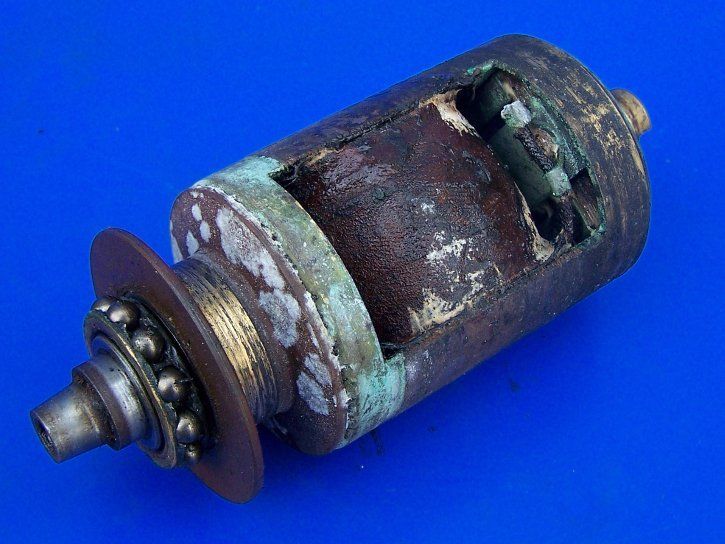
This round ML magneto was removed from a bike which had obviously been standing for a very long time - it took a while to get it apart!
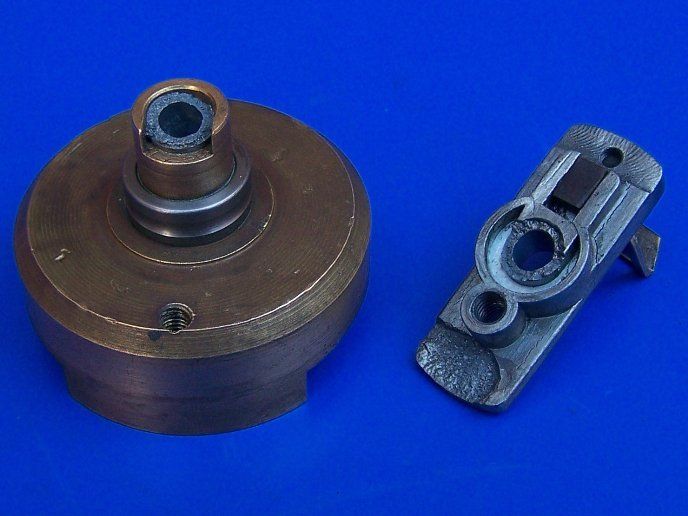
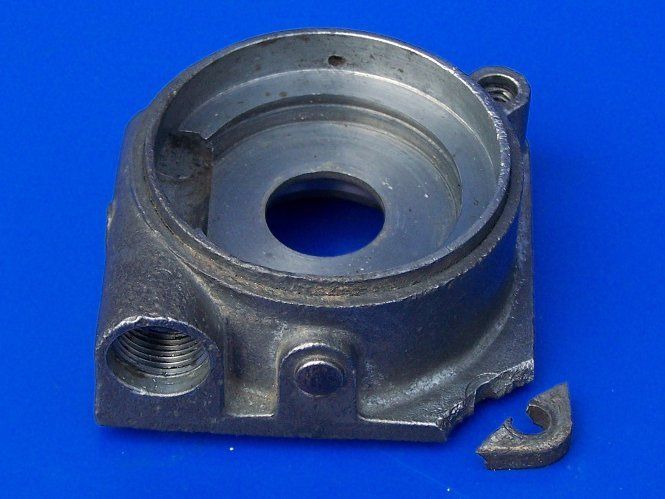
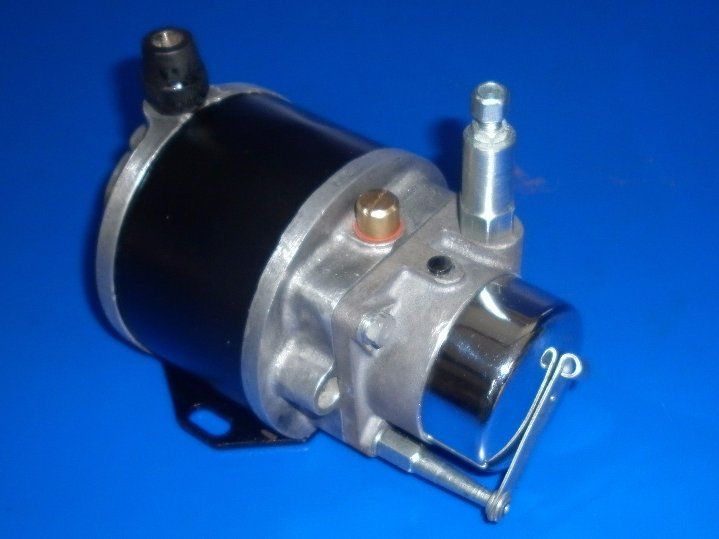
We carried out the obvious, usual jobs including a rewound coil and a new condenser. In addition to these we replaced the points and machined up an end housing from one of our new castings. A new aluminium band and pick up completed the job.
Splitdorf Dixie magneto
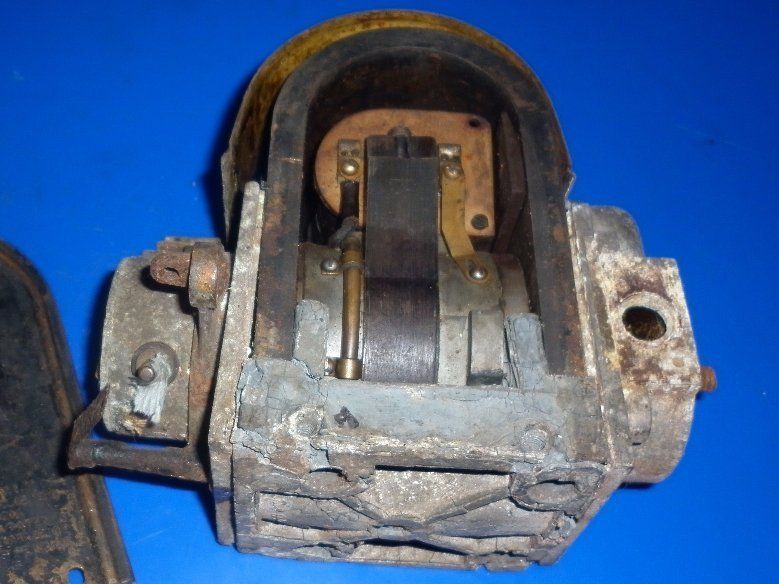
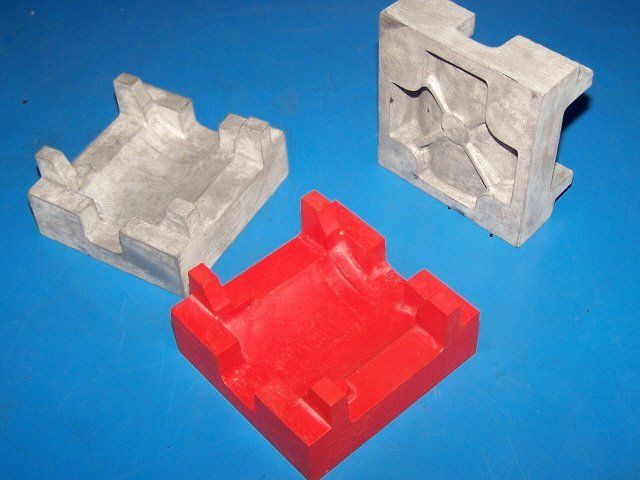

This Dixie magneto was suffering from a very common problem found with this type of magneto. The material originally used to manufacture the base was of a very poor quality and over a period of time absorbs moisture from the atmosphere. This results in the material expanding thereby ruining it's dimensional stability and it eventually cracks and crumbles away. There is nothing that can be done to repair it so the only solution was for us to machine a replacement base from one of our new castings. We also manufactured a new hinged points cap cover for this one. Yes, that is the same magneto!
Peugeot Dynamo

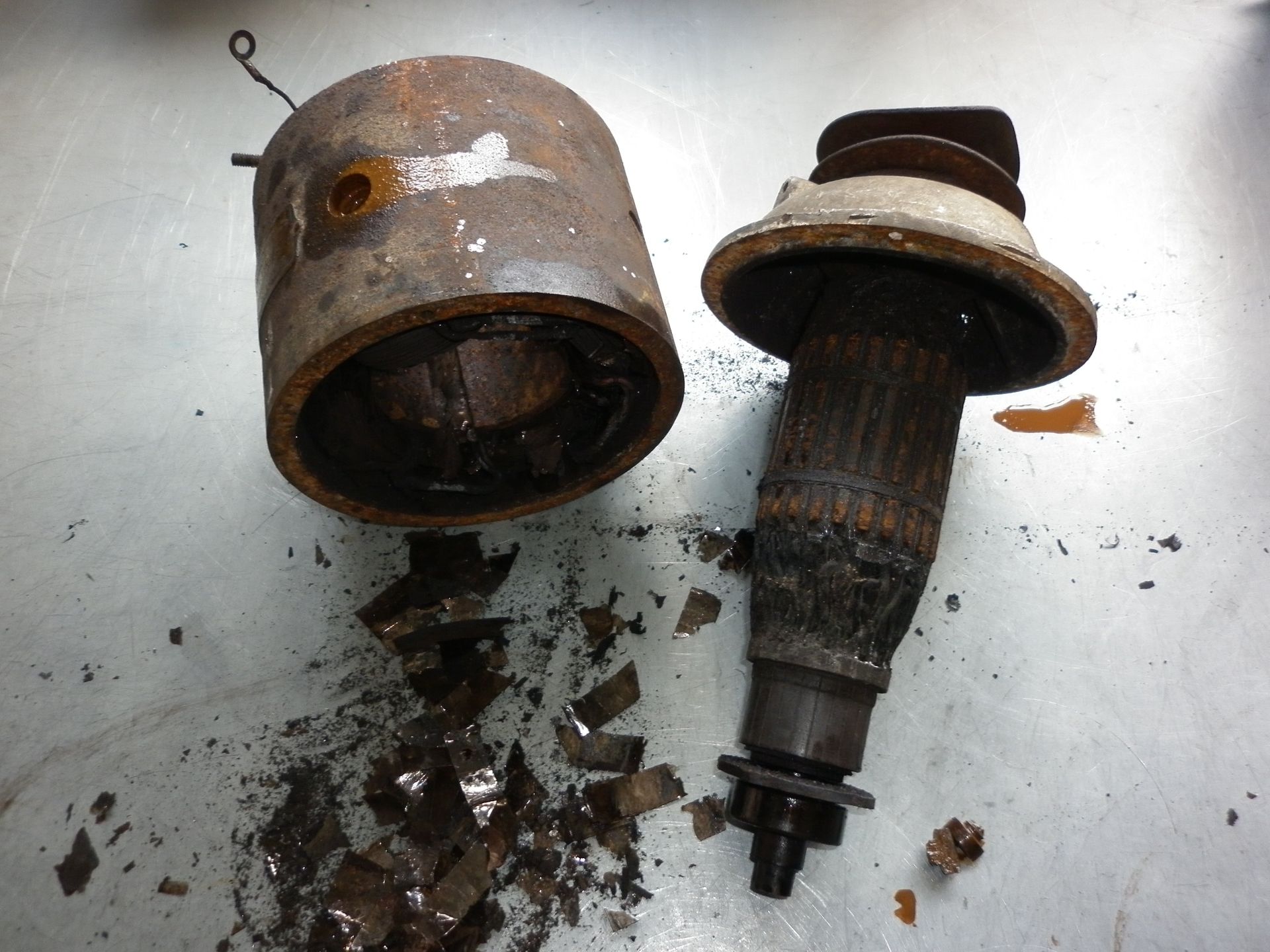
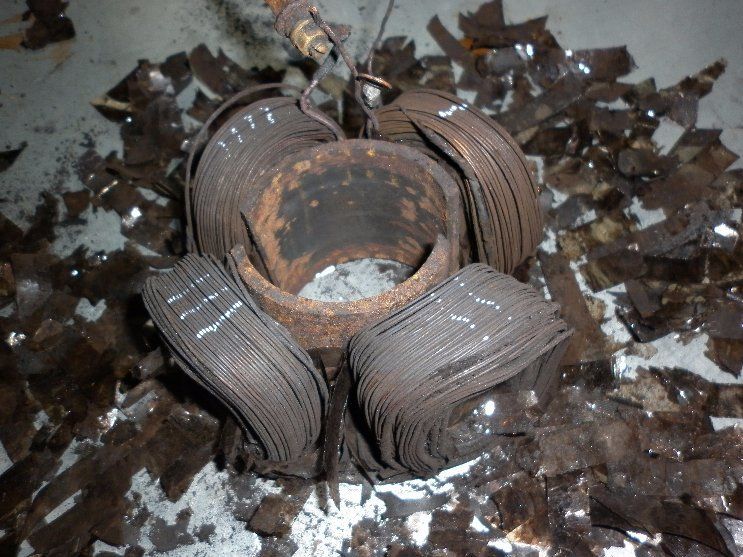
When we took on this Peugeot dynamo, we were told that it had been fitted to a car which caught fire. It was then left for decades before it was decided to bring it back into use. Taking it apart took several hours - we were pleased that only one screw failed to come out in one piece. We were able to drill the broken end out. The damage caused by the fire meant that all the insulation literally fell apart as soon as it was touched. The field coils needed rewinding....

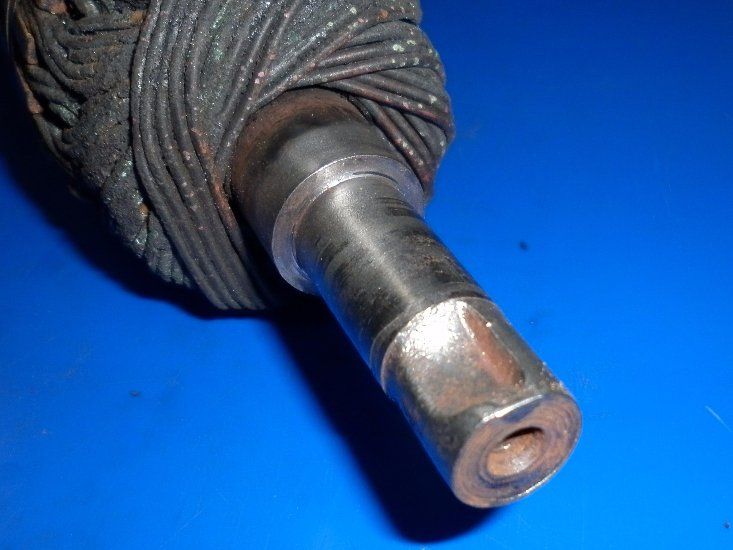
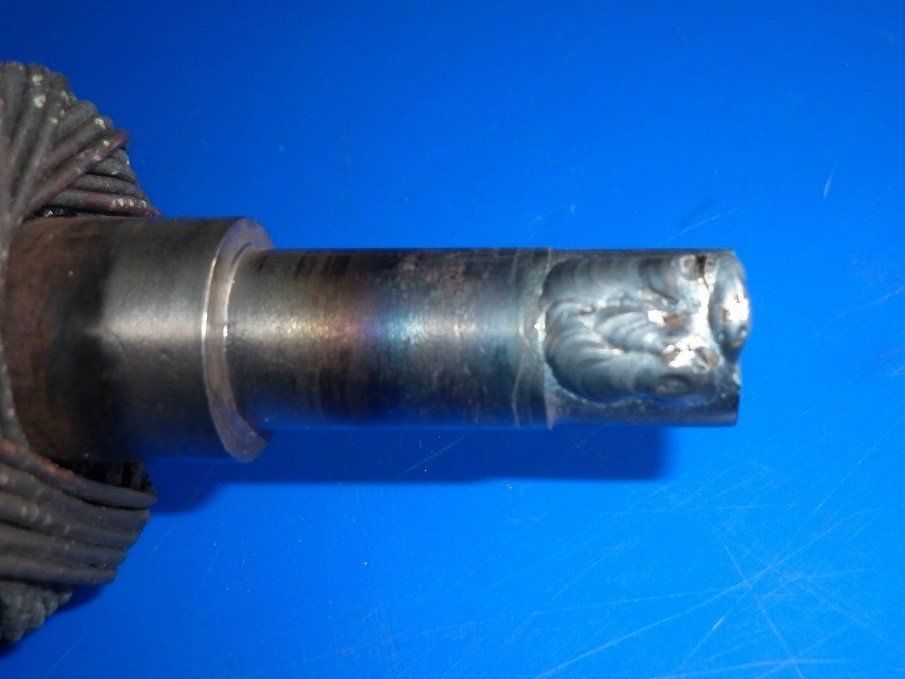
The insulation on the armature windings had been damaged by the fire so the armature was rewound but not before we had built up the damaged key way with weld and re-cut the slot for the woodruffe key.
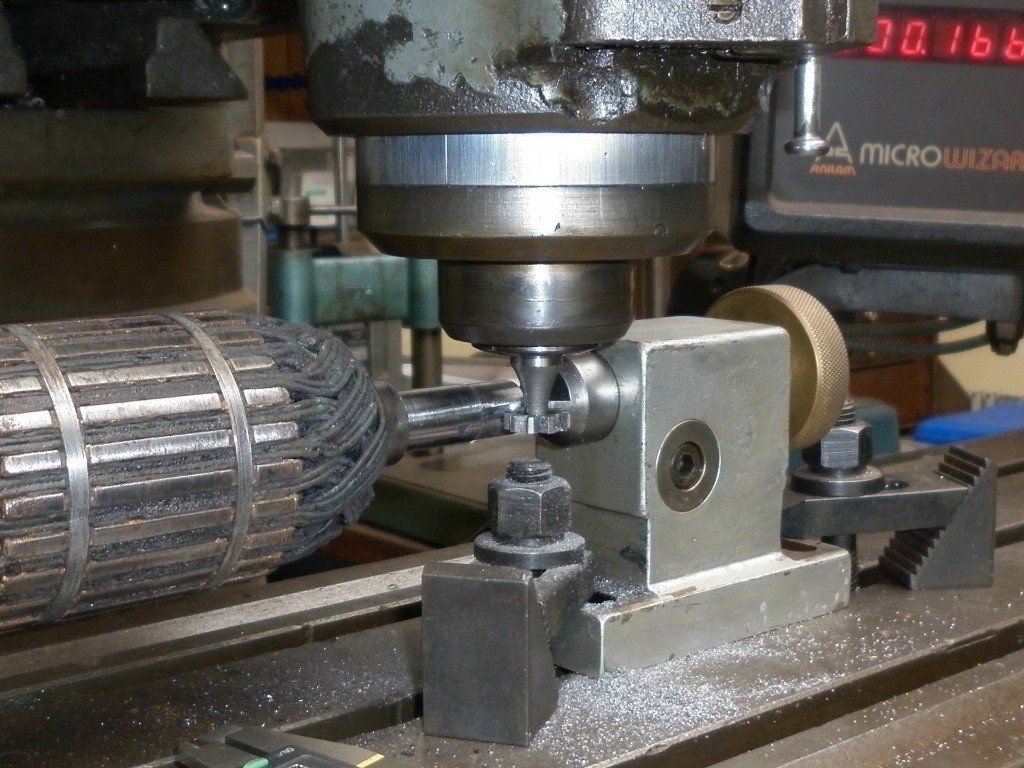
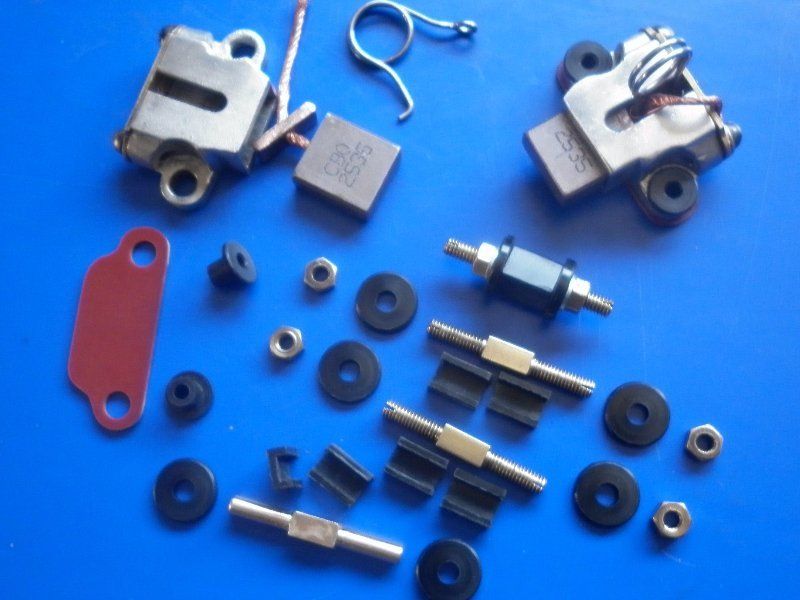
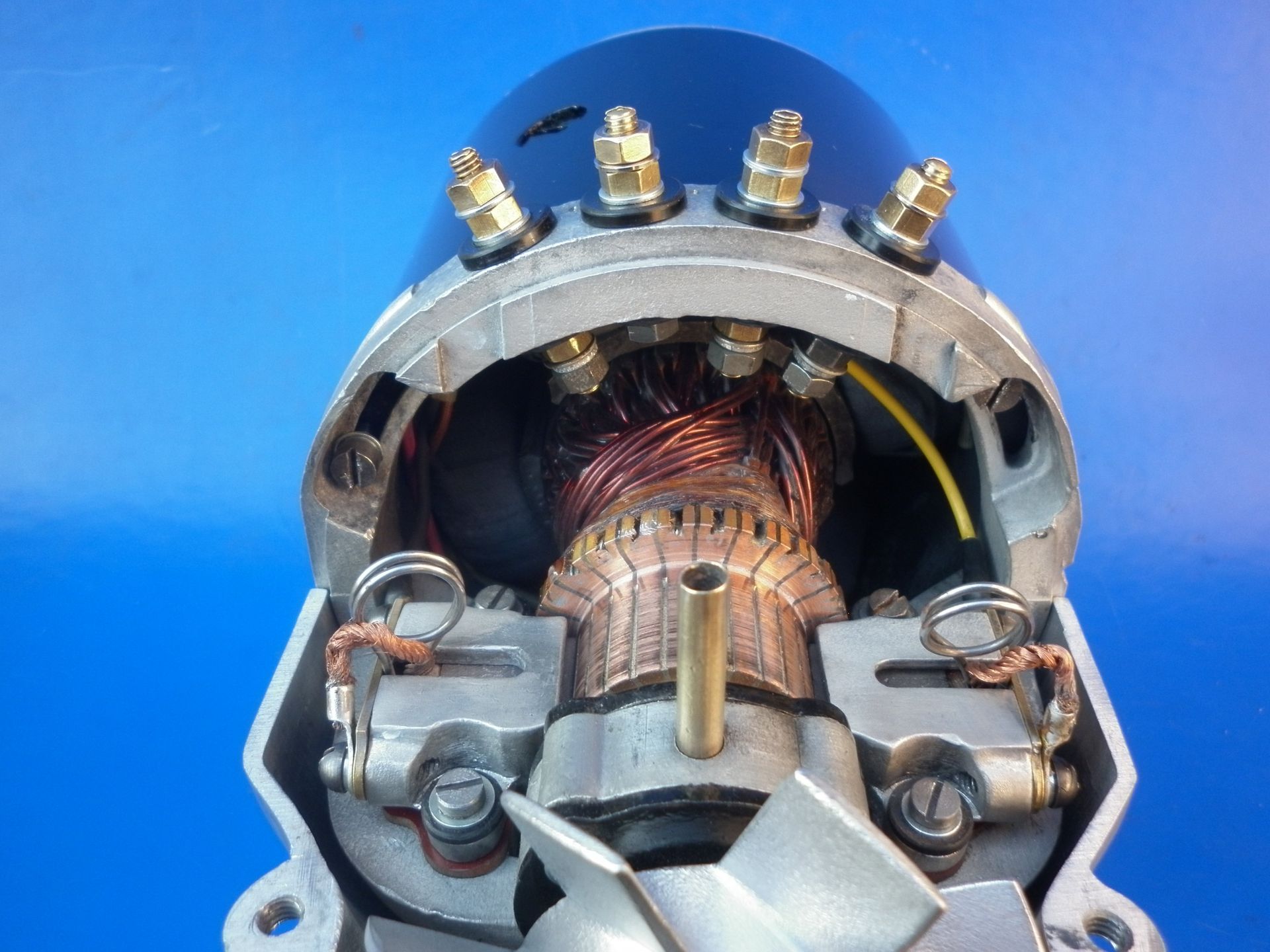
We re-made the brass terminal posts and all the associated insulation bushes and gaskets. We also made new brushes and return springs. The two aluminium brush housings were the only parts we could re-use.....
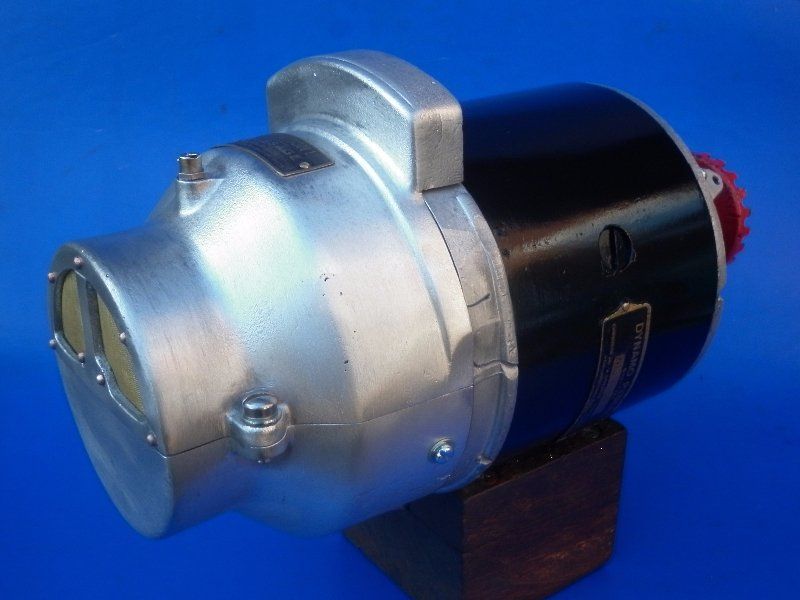
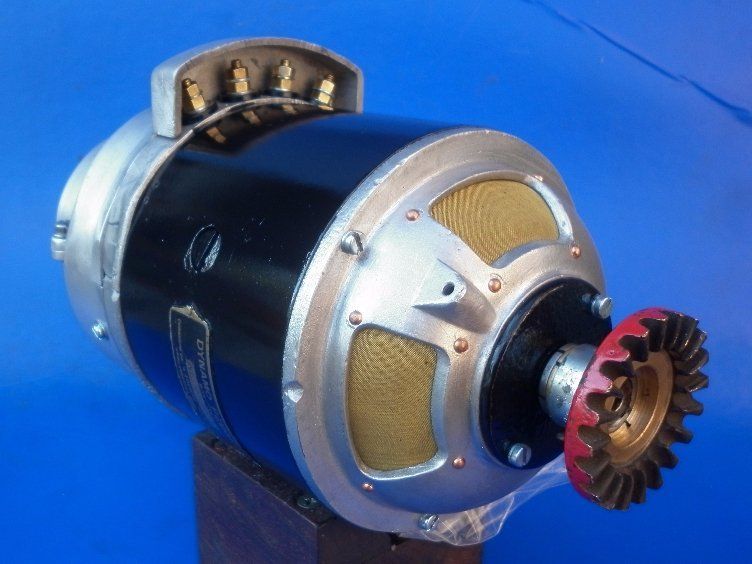
Then it was 'just' a case of putting it all together. Note the fine gauze over the ventilation slots. When the dynamo was brought to us, the gauze was torn or missing altogether. The cooling fan inside the dynamo is likely to draw any petrol vapour into the dynamo where it would be ignited by any sparks at the brushes. The fine gauze prevents any resulting flames from getting back outside the dynamo - the same principle as the Davy miner's lamp. Maybe this is what had caused the fire in the first place!
....and a miscellaneous selection of (slightly) easier hurdles we have had to overcome!
These are original coils which have failed:
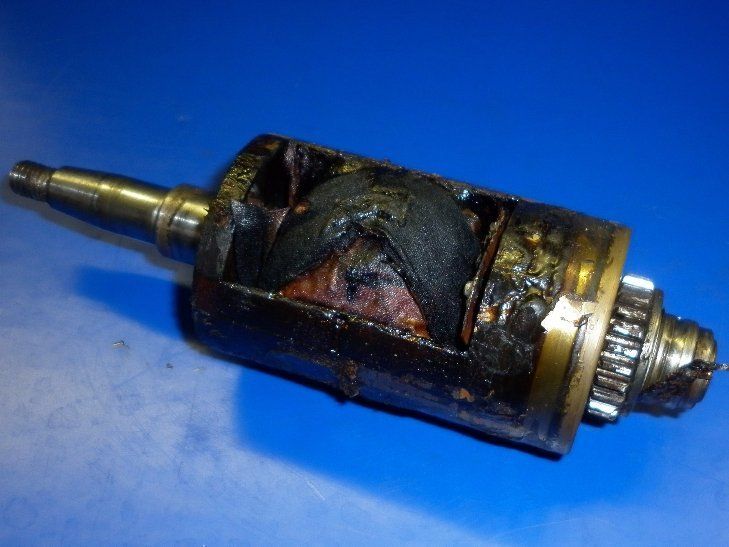
When the original shellac gets hot, melts and flings out due to centrifugal force, it will then cool down, solidify and jam the armature solid in the body

These windings have got damp resulting in insulation failure
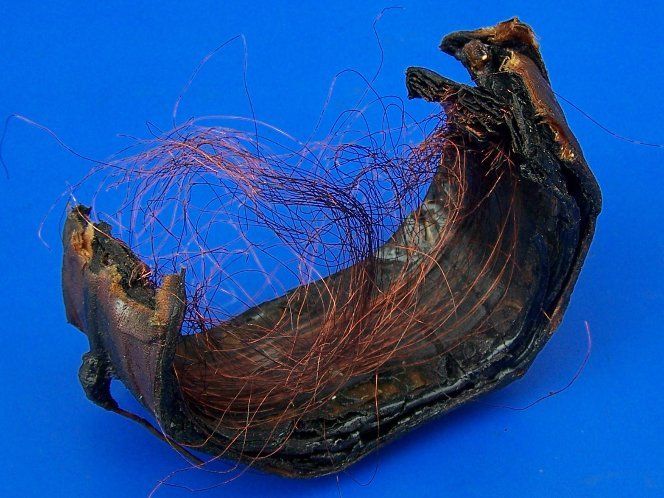
These windings have had no mechanical support and as a result, after continual flexing, the wire has inevitably broken
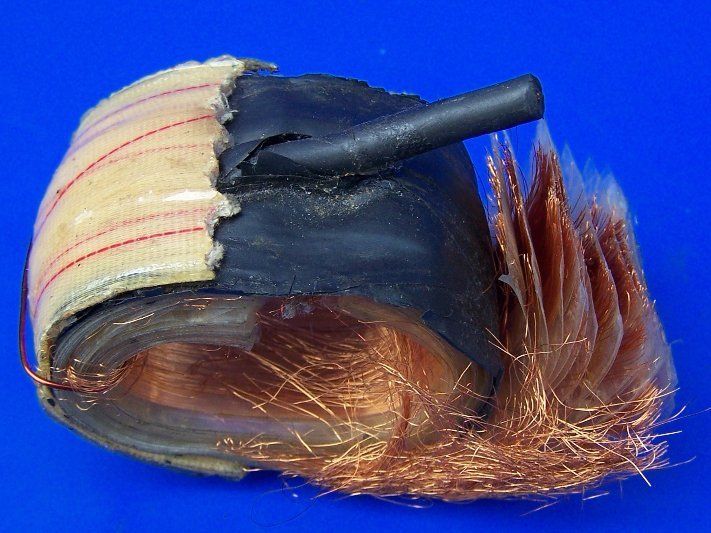
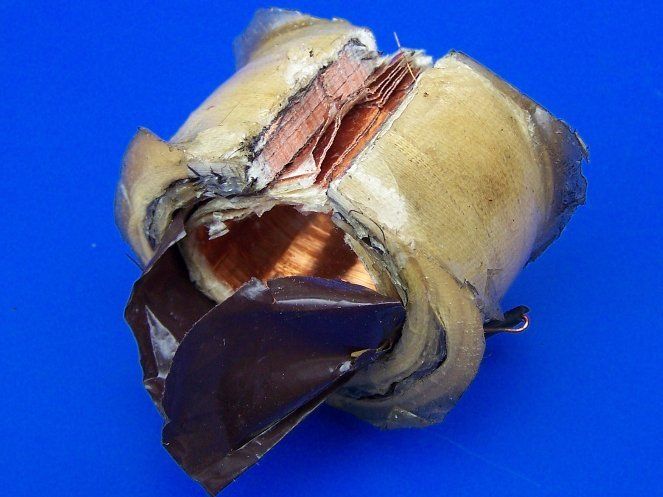
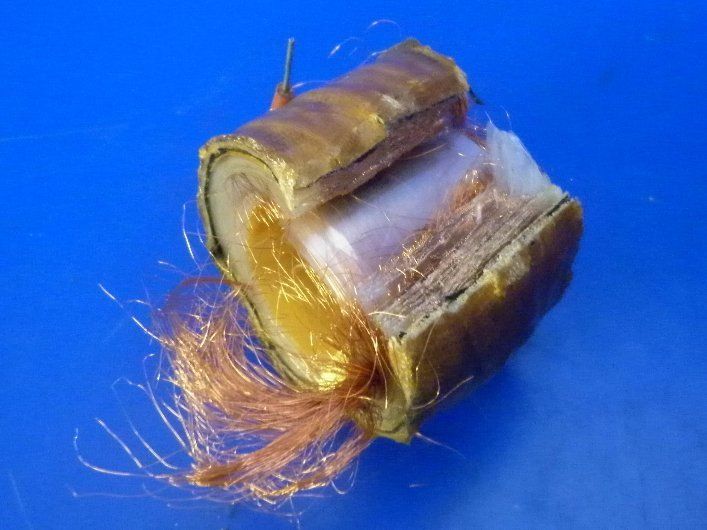
Someone has worked really hard rewinding each of these coils. Shame that their efforts were wasted - without Vacuum Pressure Impregnation
to provide some mechanical support, they will sooner or later fail. Don't believe anyone who says VPI is not necessary......
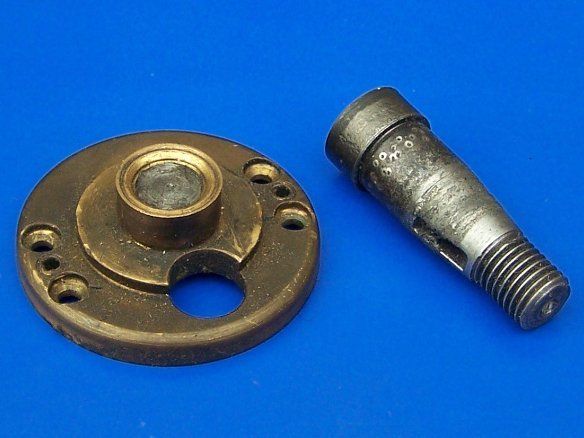
Chain drive too tight? or no backlash in a gear train?
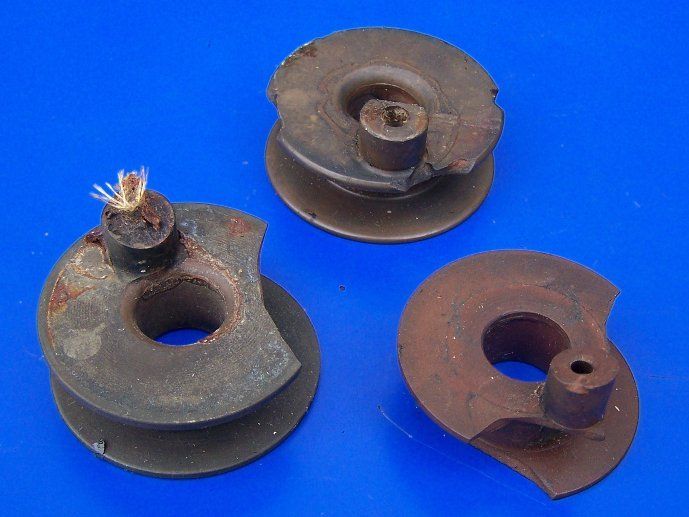
Broken, damaged slip rings are a common problem
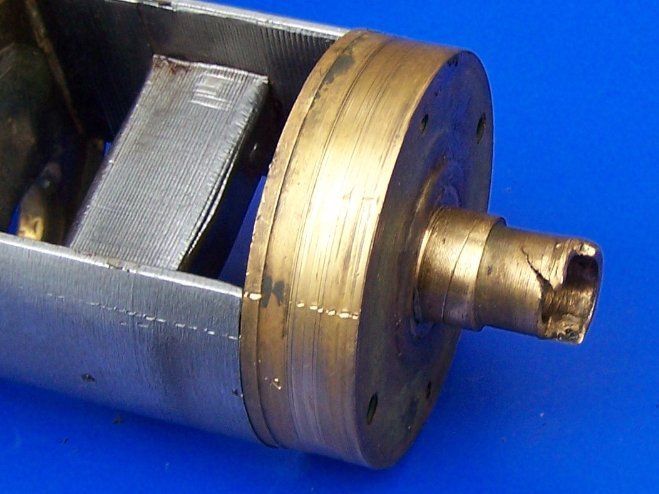
Caused by holding onto the points while trying to undo the nut on the other end.......
...and look at those vice marks....
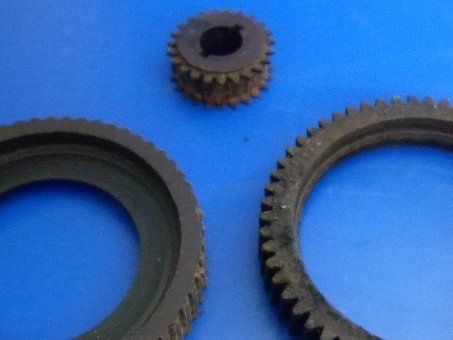
Fibre components often show problems - gear teeth stripped, friction surface completely worn away
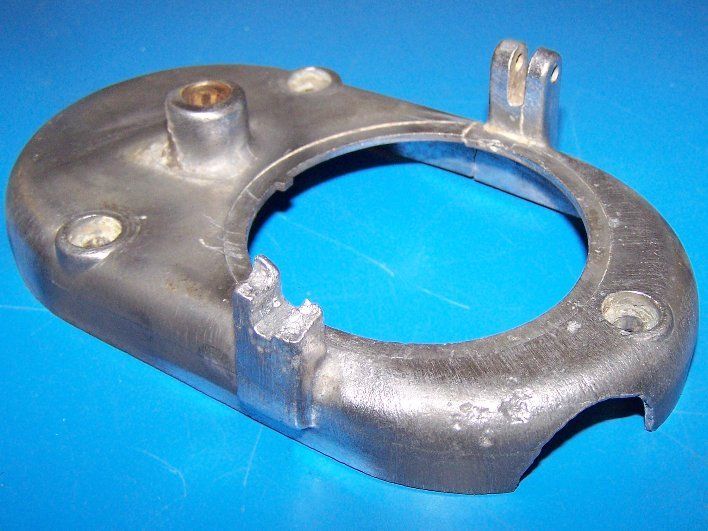
Fragile components chipped or broken off completely
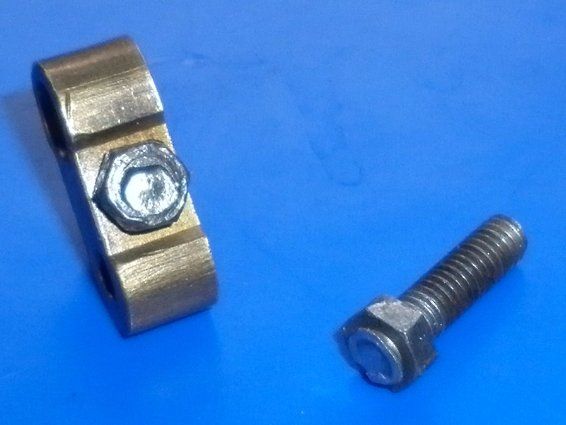
Hammered CB points - return spring too strong?

This one caused some amusement.....
On the left - some manufacturers use two long screws which go right through the core and thread into the brass condenser housing on the other end.
On the right - others use four screws threaded into the core itself to hold this end - and another four screws on the other end.
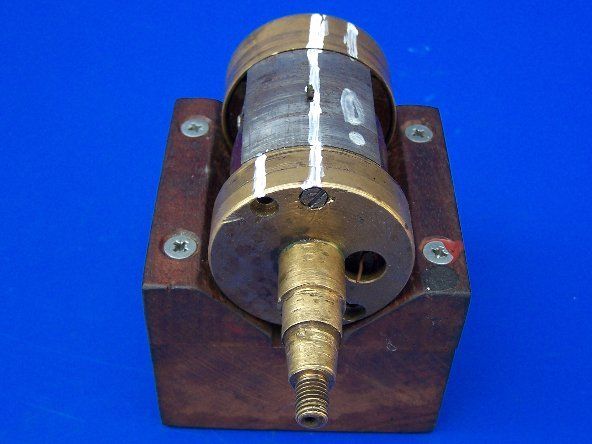
Here someone has chosen to use the core from one type with the ends from the other type! This will have a big effect on the magneto's internal timing. As the end positions the points, and the core determines the magnetic break point, tipping the core round one way will definitely not work as the points will open before the magnetic break. Tipping the core round the other way will result in the points opening well after the magnetic break - this might produce a spark but it will be very retarded!
The Magneto Guys
Telephone: +44 (0)1323 840203
